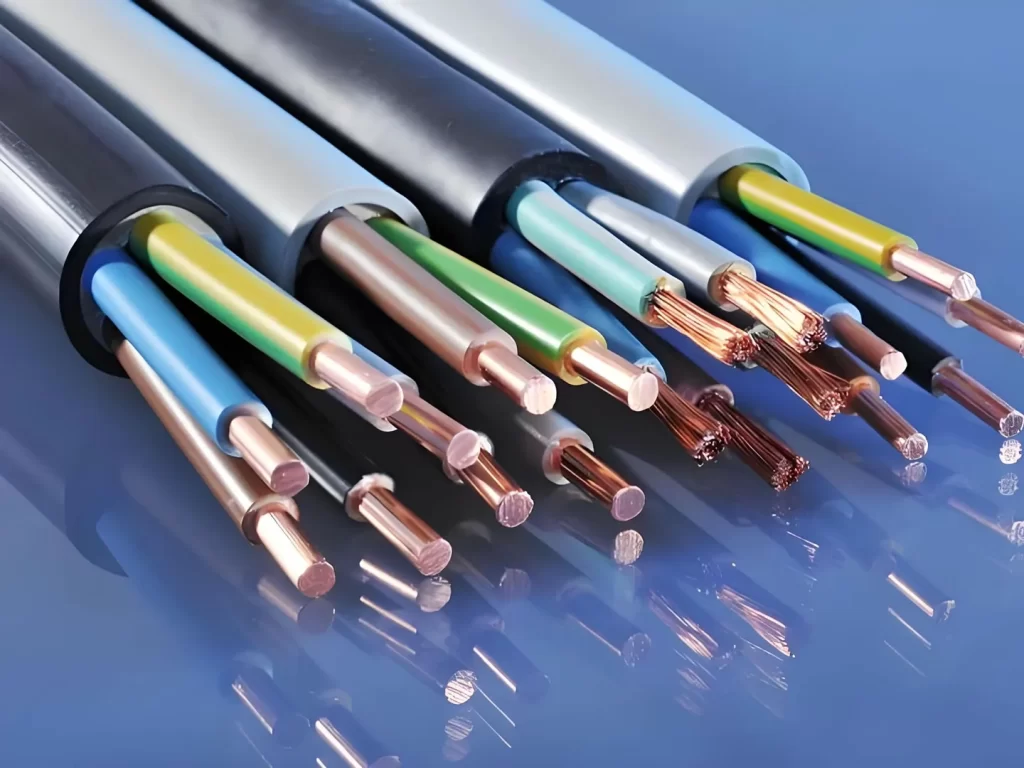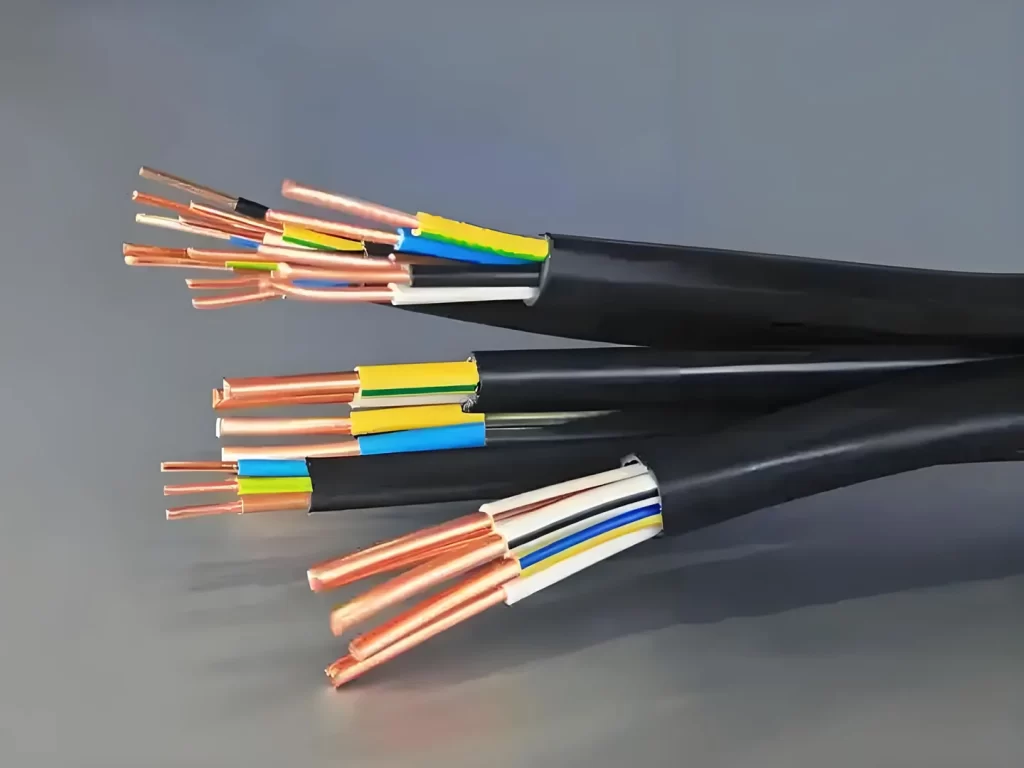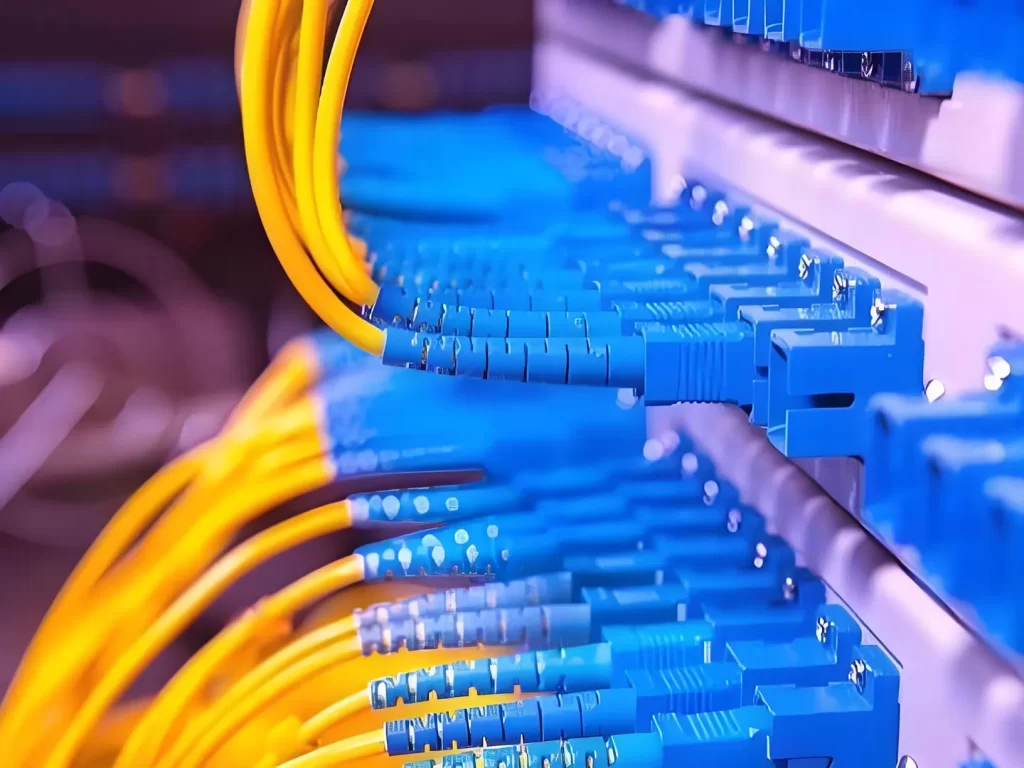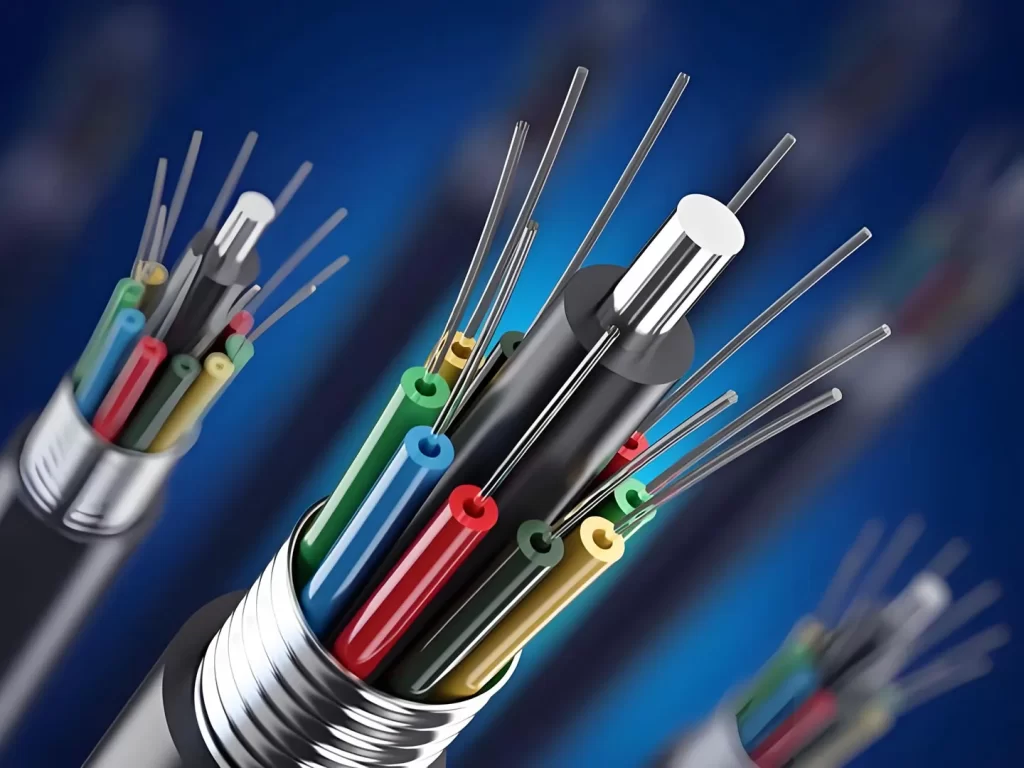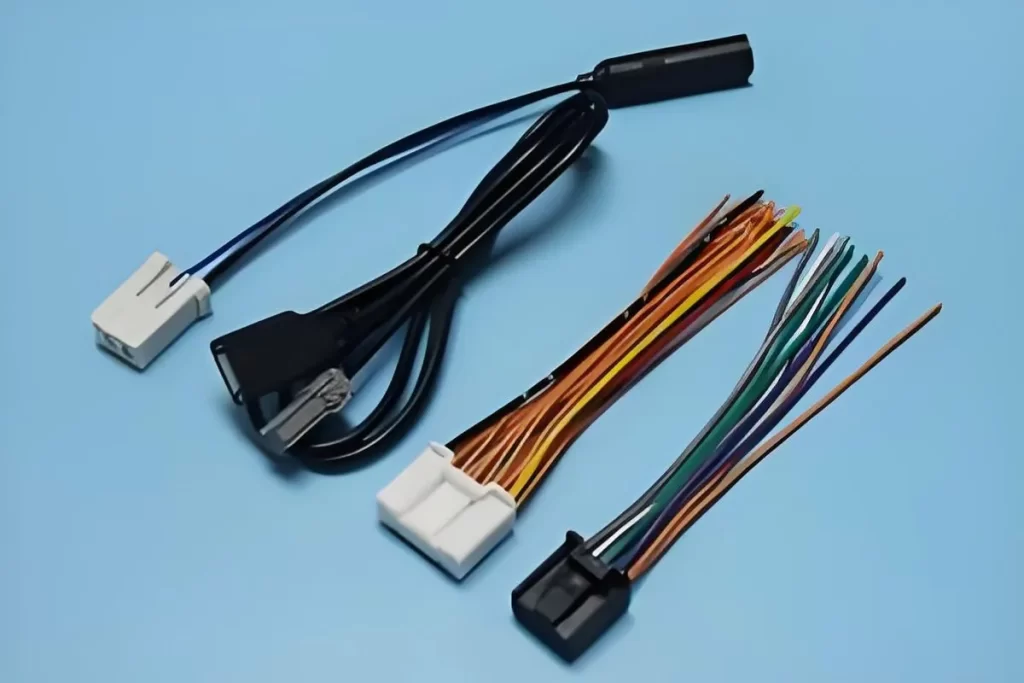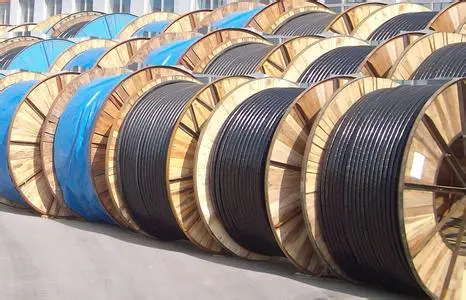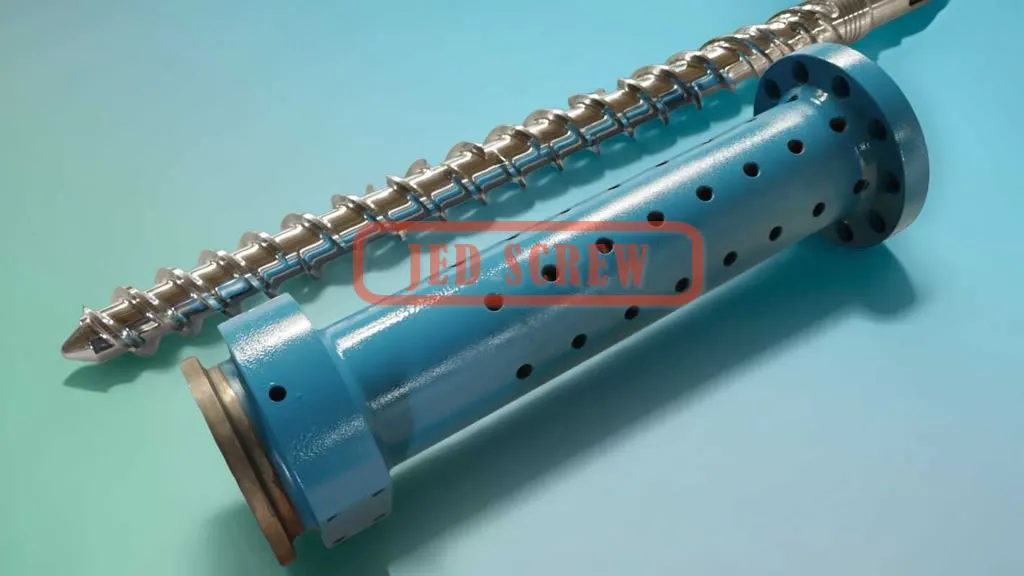



It has excellent flame retardancy, acid and alkali resistance, and mechanical properties, making it widely used as insulation for low-voltage wires and cables. However, it operates at relatively low temperatures (below 70°C) and is susceptible to aging and release of toxic gases at high temperatures.
It is non-toxic, cold-resistant (no brittle cracking at -70°C), and has excellent insulation properties, making it commonly used for high-voltage cable insulation. Cross-linked polyethylene (XLPE) can be modified to offer a temperature rating of 125°C-150°C, with a higher current carrying capacity, making it suitable for high-temperature, high-current applications.
Made from ordinary polyethylene through a cross-linking treatment, it significantly improves heat resistance, enabling long-term operating temperatures of 90°C-150°C and a current carrying capacity 25% higher than PVC. It is commonly used in power transmission, industrial control, and other fields.
Produces minimal smoke during combustion and is halogen-free. Suitable for use in safety-critical locations such as high-rise buildings and subways, they are commonly found in power cables, control cables, and communication cables.
Containing materials such as polytetrafluoroethylene (PTFE) and fluorinated ethylene propylene (FEP), they offer a wide temperature range (-60°C to 250°C), strong chemical resistance, and low smoke production. They are primarily used in specialty electrical applications operating in high-temperature, strong acid and alkaline environments.
